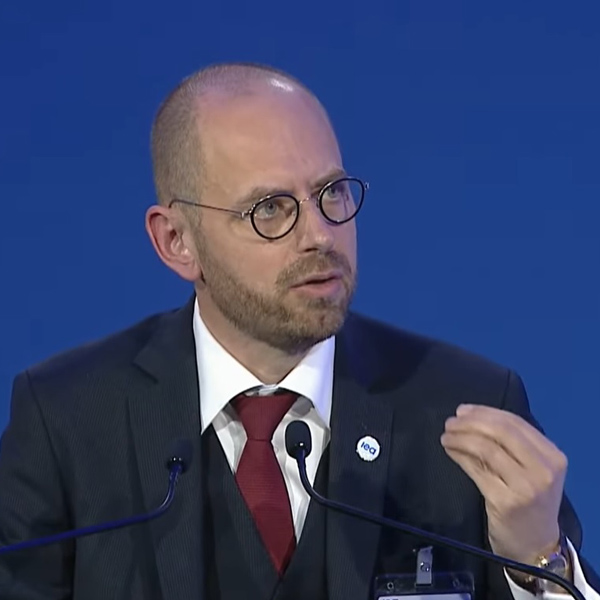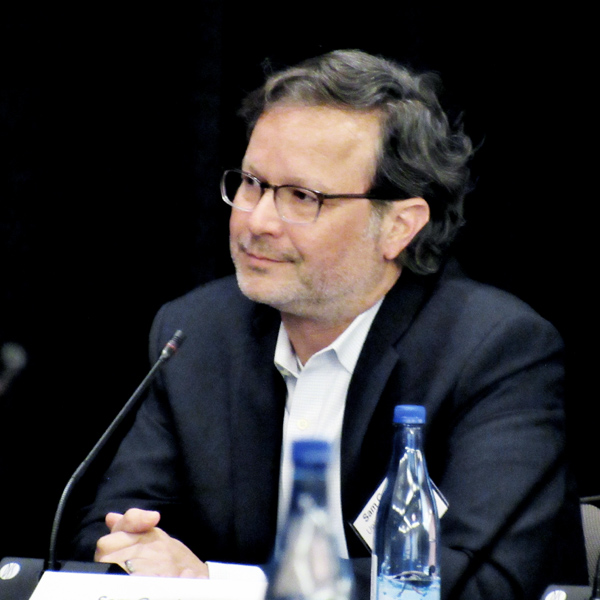The current state of the New Jersey solar market depends on who you’re talking to.
The Board of Public Utilities (BPU) has been heralding a pipeline of more than 1.6 GW of projects as a healthy surge, while developers caution that the 305 MW of projects completed in 2021 — a 30% drop from 2019 — has left the state lagging on its clean energy goals.
For example, Ariane Benrey, solar policy and program manager for the BPU, said that projects in development have grown more than threefold from 523 MW in January 2021, signaling strong growth ahead.
“This really indicates to us the health of the industry going forward,” Benrey said. “It’s larger by an order of magnitude, by several orders of magnitude, than anything we’ve seen previously. So, we’re actually quite optimistic about the capacity that’s going to be installed later this year, next year, in the following year.”
In a March 2 press release, the BPU called 2021 a “banner year” for solar, adding that the pipeline of projects “provides assurances of continued strong development over the coming year.”
The agency said the dramatic increase in pipeline capacity stems from the convergence of many factors. Project applications slowed with the arrival of the pandemic in 2020 and the closure of many municipal and state offices, which prevented permitting and inspections. The number of applications accelerated in 2021 as vaccines took hold and the economy returned to more normal activity, the BPU said.
But Doug O’Malley, director of Environment New Jersey, says the state’s declining solar subsidies are part of the reason for the drop in installations. State incentives in the form of renewable energy credits were cut in 2020 and again in July 2021.
The state’s “very rich subsidies” in the past helped to offset construction, wage and other project costs, which are high in New Jersey, he said. O’Malley also believes early market growth came from easier projects — “low-hanging fruit” — while developers are now taking on more complicated projects, such as siting solar on landfills and brownfields and may be less keen to pursue them.
The recent decline in installations, in particular, spells bad news for New Jersey’s clean energy goals, O’Malley said. The state’s official Energy Master Plan calls for deploying increasing amounts of solar: 5.2 GW by 2025; 12.2 GW by 2030; and 17.2 GW by 2035.
The state, which had a total of 151,916 installed solar projects at the end of February, hit an annual installation peak in 2016, with 22,289 projects installed, according to figures from the BPU. Since then, new installations have declined each year, slipping to 13,803 projects in 2021.
With 3.84 GW currently online across the state, O’Malley said, “We need to be reaching 750 MW per year of solar to reach the Energy Master Plan goals. We are not there.”
Still another sign of a slowdown in project completions, the recent Solar Market Insight Report, compiled by the Solar Energy Industries Association and Wood Mackenzie, showed New Jersey falling significantly in national rankings based on megawatts installed per year. In 2019, the state took the No. 9 spot, but dropped to 12 in 2020 and to 20 in 2021.
Mixed Messages
These opposing views, New Jersey’s dramatically rising solar pipeline and declining installations, reflect a state and solar sector striving to balance aggressive clean energy targets with the cost to ratepayers of incentives to support the industry.
As in other states, solar installers in New Jersey were initially roiled by the pandemic. But they have also had to contend with two years of mixed messages as the state simultaneously reshaped its incentive programs to curb costs to ratepayers, while also rolling out new programs aimed at boosting the development of both community solar and grid-scale projects. And the impact on future growth is uncertain.
According to the state’s 2019 Master Plan, the state will need to deploy 950 MW of solar per year to reach its 2035 goal. However, since 2016, New Jersey has been averaging about 289 MW per year, less than a third of the capacity needed.
In other words, the full 1.6 GW in the pipeline would need to be built for the state to reach its 2025 target.
The BPU’s Benrey remains optimistic, pointing to pipeline growth as a sign of “a lot of pent-up demand.”
But at least part of that demand may have been triggered by the BPU’s decision to significantly trim solar incentives. The state’s original, more generous incentives ― the Solar Renewable Energy Certificate program ― paid about $250 per MWh of power generated. The program was cut in 2020 and replaced with the temporary, lower incentives of the Transition Incentive Program, which ranged from about $90 to $150 per MWh.
In July, the BPU approved a permanent replacement, dubbed the Successor Solar Incentive (SuSi) program, which offered even lower incentives, from $70 to $100 depending on the project. (See NJ Sees Solar Growth in Reduced Incentives.) A second element of the SuSi program enabled a much broader range of grid supply projects to be built and created a separate, competitive system for those incentives.
As a result, developers rushed to submit projects to qualify for the transition incentive before it closed, helping boost the pipeline, Benrey said.
Fred DeSanti, executive director of the New Jersey Solar Energy Coalition, estimates that the BPU may have seen about 4,000 project applications between June and August, which he called a “huge” number, due to the incentive change. But he is skeptical that the project completion rate will be anywhere close to the pipeline figure because of the difficulty of completing projects in the time allowed. He expects many projects will be cancelled or abandoned.
“I think by the end of this energy year, on May 31, we will probably show a completion rate of projects that will be even lower than last year,” he said.
Differing Views of the Future
However, Benrey points to other drivers of the pipeline surge as cause for confidence.
The launch of the state’s pilot community solar program in 2019 provided a pipeline boost. As of January, 203 MW of community solar were in the pipeline, accounting for 12% of the total. The BPU expects that number to grow with the coming introduction this year of a permanent community solar program.
The state also expects the number of grid-scale projects to increase as a result of a bill, S2605, that Murphy signed in July, authorizing the BPU to approve incentives and permits for a broader range of grid-scale projects than had been allowed in the past, and creating a new competitive bidding system to set incentive levels. Grid supply projects accounted for 7.4 % of the pipeline, or more than 121 MW in January, the BPU figures show. (See NJ Grid-scale Solar Bill Signed by Murphy.)
Getting those and other projects hooked up to the grid could be a major obstacle, DeSanti said. Many distribution lines have reached capacity and are now closed to additional solar projects, he said.
“The cost of interconnection has increased significantly as the higher levels of renewables on the utility system are requiring major upgrades at very significant cost,” he said. Projects are also being hampered by labor and materials shortages, rising inflation and other pandemic-related problems, he said.
If a project is not completed within 12 months of the date of application for BPU approval, it will fall out of the program unless the BPU grants a waiver. Without the waiver, the developer must to re-apply for SuSi incentives, which in some cases would be too small for the project to be financially viable, DeSanti said.
“It’s all about the numbers,” he said. “If that money … goes away, or it’s too small to support the projects, you’re not going to build them. It’s that simple.”
The BPU believes the SuSi program will “pave the way” for 3,750 MW of new solar generation by 2026 — or 750 MW a year — so that solar would provide 10% of the state’s electricity.
Eric Miller, New Jersey energy policy director for the Natural Resources Defense Council, is not worried about the “mismatch” between the surging pipeline figures and the declining installation figures. One reason is the current turbulence in the state sector, partly due to the changing incentive programs and the pandemic, which makes the future difficult to predict, he said.
“We’re at a very strange time in the history of New Jersey solar,” Miller said. One positive factor is that the SuSi program has “flexibility” in the form of a built-in mechanism that requires the BPU to evaluate the program and allows it to change policies that are not meeting the desired targets, he said.
Miller believes that the state “unequivocally” will meet its solar goals, although that may involve importing some clean energy from out of state. He added, however, that it is “unclear at this point,” whether the state can meet its goals of generating all solar energy in state.




